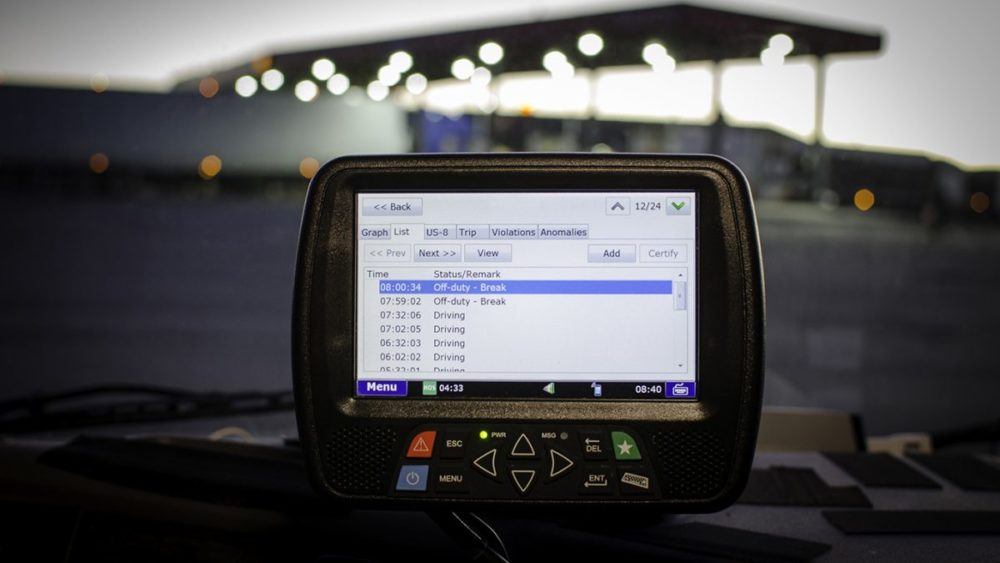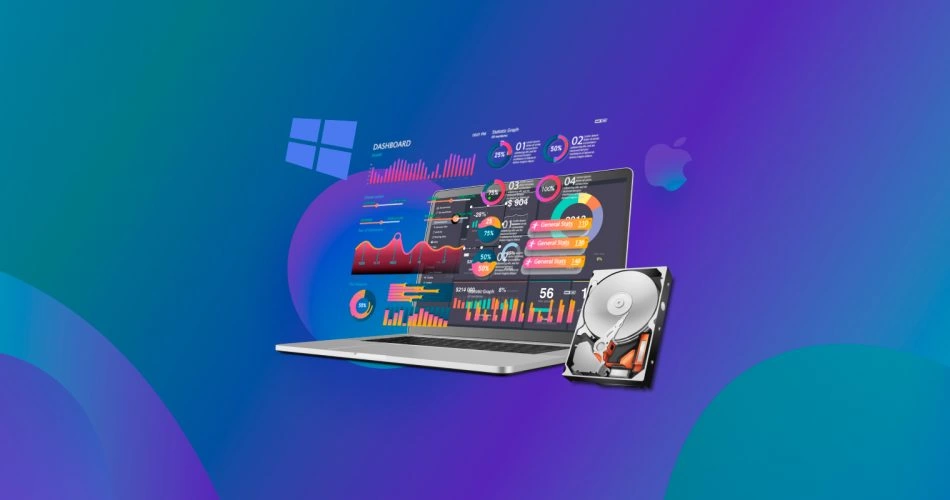The ELD mandate that came into force recently stipulates that all commercial vehicles that are obliged to keep records of duty status (RODS) must be fitted with an Electronic Logging Device (ELD) which will replace the old type of paper-based logging and record-keeping devices.
This mandate, about which you can find out more here, came into force on December 16th, 2019 – having undergone a grace period for vehicles with older-type devices fitted – so if your vehicles are not fitted yet, you are operating outside the law.
What are Electronic Logging Devices, why has the mandate come about, and how do you choose the right one for your vehicle or fleet? The fact that it has become law for these devices to be fitted has led to a surge not only in demand but also in supply, with many manufacturers offering a variety of models to suit all purposes. We will try and show you how to pick the right one for your needs in the article that follows.
What is an ELD device? 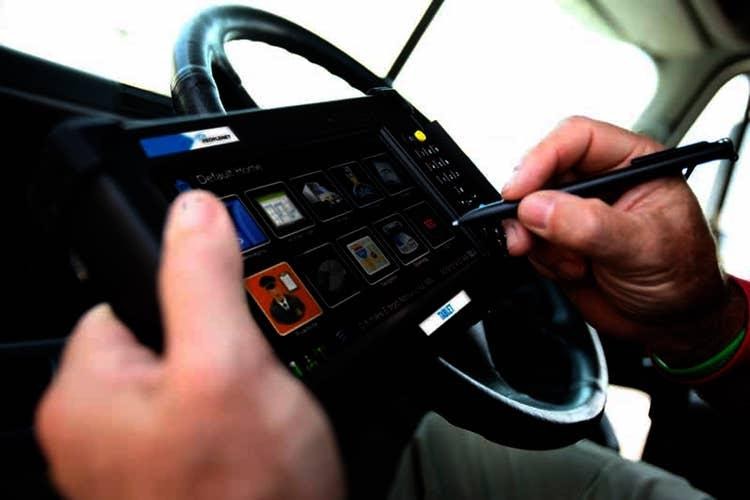
The electronic logging device is designed to give real-time information to fleet managers about the performance and whereabouts of their vehicles at any given time. These devices are created to provide precision information that cannot be tampered with – any alterations, for example, are logged whereas with older, paper-based recording devices this could be overlooked.
In the main, the ELD records how long a driver has been using the vehicle, how long the engine has been running for, and any other status such as whether the driver is in transit, waiting, or off duty. It does so by logging information from the engine of the vehicle – whether it is a truck, bus or another commercial vehicle where the driver is subject to hours of service regulations, and as such, many ELD’s can also provide further information that is not legally required by the mandate.
This information can include the likes of fuel usage – a very useful function if you are looking to improve fleet efficiency – as well as location. If a vehicle is on a set course and strays from where it is meant to be, a fleet manager monitoring the ELD will be able to see and find out why. Also, it can log when vehicles have been idle for some time when they should be moving and further.
All ELD devices are designed to be easy to use, and many are linked to smartphone apps so both the driver and other users with access can see information easily. They are powered from the cab by the usual six or 9-pin connector, and there are many that use Bluetooth and other communication systems. This is why it can be difficult for you to choose the one that is right for you, so let’s see if we can help.
Choosing an ELD
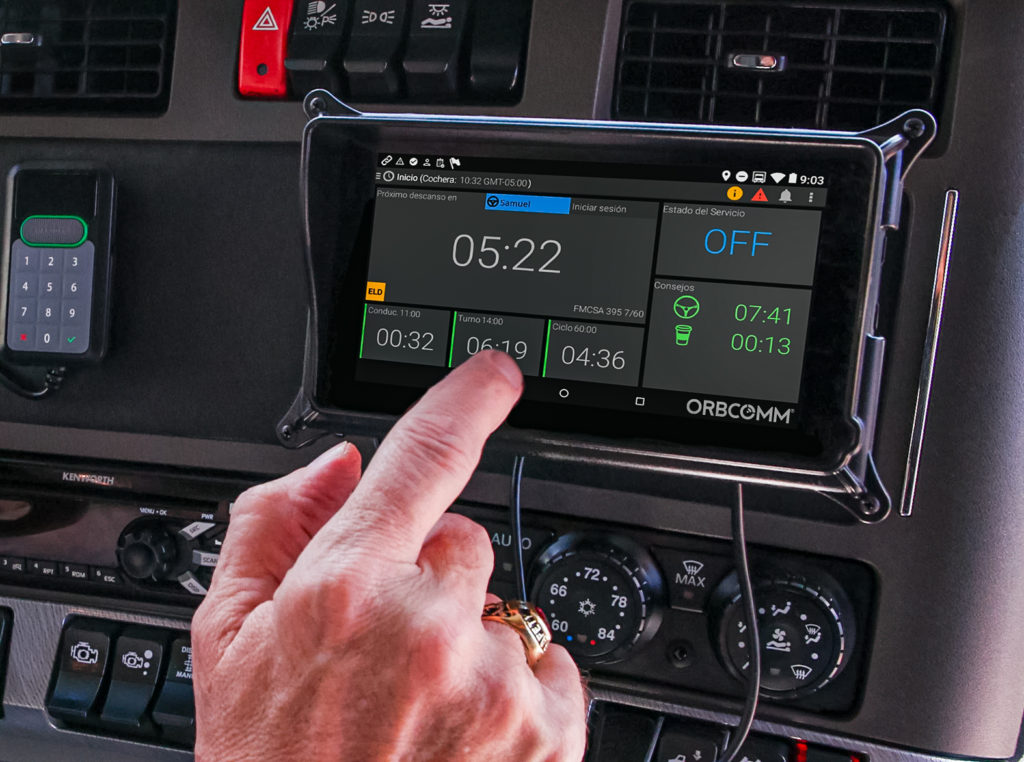
When you look at the market for ELD’s, you will find it can become quite bewildering. Not only are there many brands and models to choose from, but the pricing plans can be difficult to comprehend. You check out bestelddevices.org for some excellent information on the best devices for different circumstances, and we will try and help by summarising some of the factors to consider here.
First, you need to look for an ELD that offers you the functions you need. Legally, it should log the engine hours, the driver’s hours and his or her status at any given time. Using GPS, it will also track the location of the truck, and tell you whether it is moving or not. As we mentioned above, there are a few other functions, but these are the legal requirements of the ELD.
Here are a couple of examples of the different ELD packages that you might want to look at when choosing one for your vehicle or fleet:
KeepTruckin ELD
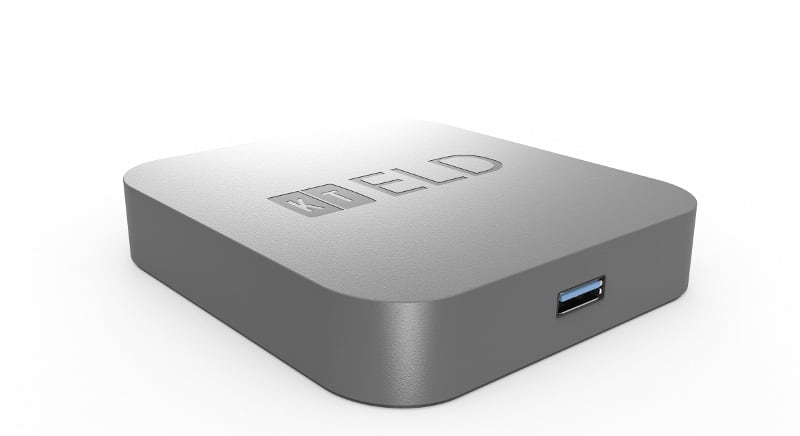
This model is often cited as a ‘best buy’ in reviews of ELD’s, and there are a number of reasons why. It’s very simple to use with a well-designed app that can be run on most smartphones and hand-held devices, and can be used wirelessly or via USB should you wish. With the KeepTruckin model, you also get a series of very informative videos explaining its various functions and how to use them, which is a nice touch.
It can be used via the six or 9-pin connection, so is suitable for most vehicles, and it offers full logging capability plus also incorporates a messaging system. Perhaps most important is that the basic plan – which includes all the legally required logs plus inspection and messaging systems – is just $20 per month, making this perfect for small fleets or single vehicle users.
OMNITRACS IVG
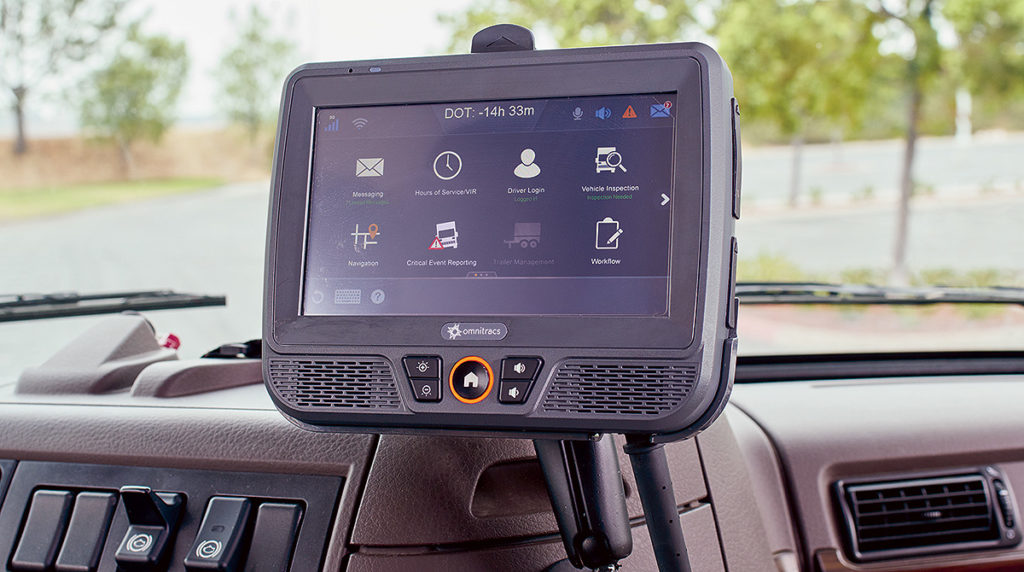
This version of the ELD concept is a different take on things to that above, incorporating its own touch screen device for portraying and requesting information – so there is no need for an app or a smartphone – plus all the legal requirements and much more besides. This brand is a leader in such systems and got into the game long before the mandate came about. Hence the tried and tested system you get with this model.
It has a voice interface for added ease of use – a bit of a gimmick but useful for busy drivers – and is easy to set up and start using, and it’s very popular with medium-sized fleets. The pricing plan for this one begins with a one-off $199 set up fee, plus $25 for each truck that has one fitted. That’s all; there’s no monthly contract with this package, which is one reason why it’s so popular.
Conclusion
The market may be saturated with ELD’s right now, but the simple fact is there are some that are more popular than others, and this tends to be for very good reasons. Check out the link provided for further information on the above and other models, and you’ll soon find a ELD that suits your fleet requirements.

